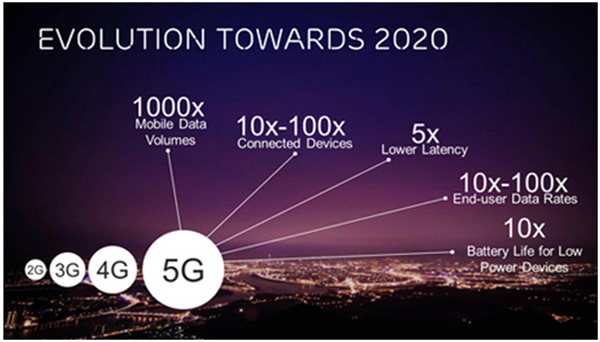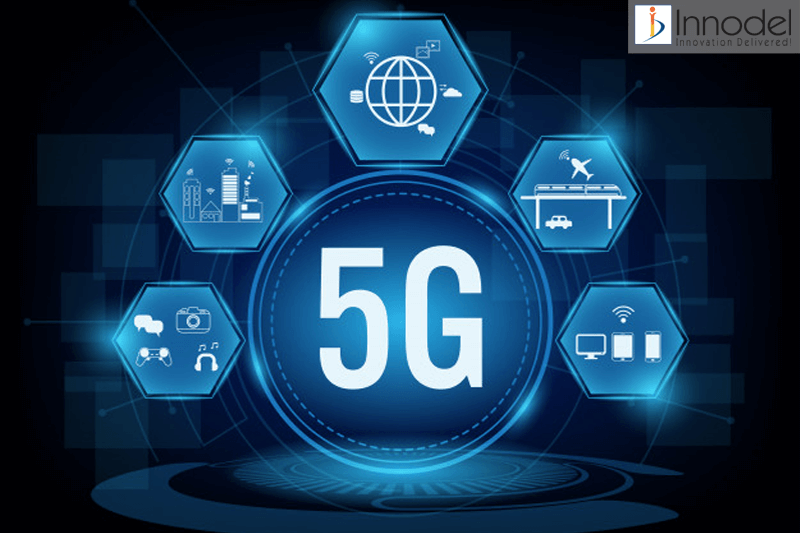

LTE-based technologies such as CAT-M1/NB-IoT enable massive IoT use cases already in existing networks. There’s no need to wait to start testing new business models, capture emerging opportunities such as IoT, and create additional revenue streams.
Mobile 5g technology manual#
And since the cost per device is so low, the factory now plans to completely phase out manual tracking.īy using 5G to meet key challenges in digitalization for industries such as manufacturing, telecom operators can act as more than network developers, addressing new revenue streams by becoming service enablers and even service creators.

With connected screwdrivers, the factory will be able to replace manual tracking of tool usage data with an automated solution – cutting the amount of manual work by 50 percent. The data runs via a cellular IoT network over the company’s private cloud and back-end systems, which make automatic calculations and intelligent analyses of the collected data. The high-precision tools were fitted with real-time motion sensors that were attached to NB-IoT modules. Until now, this has been a manual procedure performed periodically and documented in handwritten logs. There are approximately 1,000 high-precision screwdrivers in the factory that require routine calibration and lubrication based on utilization times.
Mobile 5g technology trial#
Using connected tools such as screwdrivers, the world’s first cellular IoT-based trial first took place at Ericsson’s radio product manufacturing site in Nanjing. According to the Ericsson study The 5G Business Potential, the expected addressable market in 2026 will be USD 113 billion, a substantial 7 percent potential revenue growth from current service revenue forecasts.ĥG-Smart-Factories-Nanjing The Connected ScrewdriverĬhina Mobile and Ericsson are enabling automation by applying cellular IoT technology. Alongside energy and utility, manufacturing represents one of the most significant sectors for new revenue potential for operators addressing industry digitalization with 5G technologies. With 5G, operators can create new revenue streams. 5G and IoT will be key to enhancing and enabling these advances in manufacturing.ĥG networks offer manufacturers and telecom operators the chance to build smart factories and truly take advantage of technologies such as automation, artificial intelligence, augmented reality for troubleshooting, and the Internet of Things (IoT).

This includes, for example, the continued automation of robots and warehouse transportation and cutting cables to become truly flexible. Competitiveness is everything to manufacturers and much-needed gains in efficiency and profitability will have to be achieved through new process innovations.


 0 kommentar(er)
0 kommentar(er)
